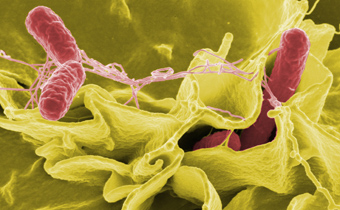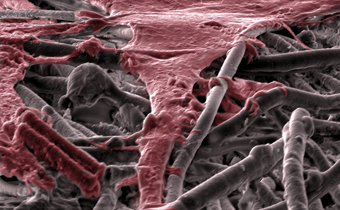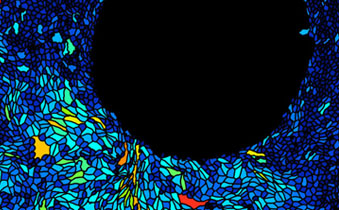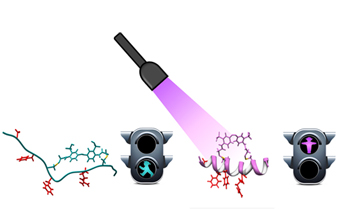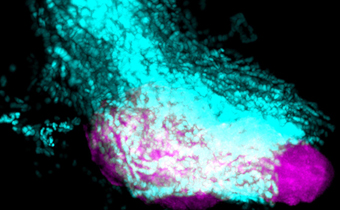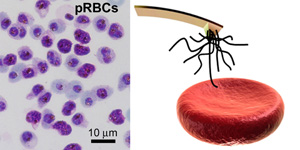Antibiotic resistance: a ‘devastating’ public health issue
 A researcher’s paper published in the journal Environmental Microbiology is just one step in the right direction to tackle a major public health issue that he and other experts say could soon be devastating.
A researcher’s paper published in the journal Environmental Microbiology is just one step in the right direction to tackle a major public health issue that he and other experts say could soon be devastating.
Microbiologists led by Antonio Juárez at IBEC and their collaborators at the University of Barcelona reveal that a particular genetic element – a plasmid – that confers multiple antibiotic resistance plays a major role in the survival of Salmonella, the cause of typhoid fever in humans.

